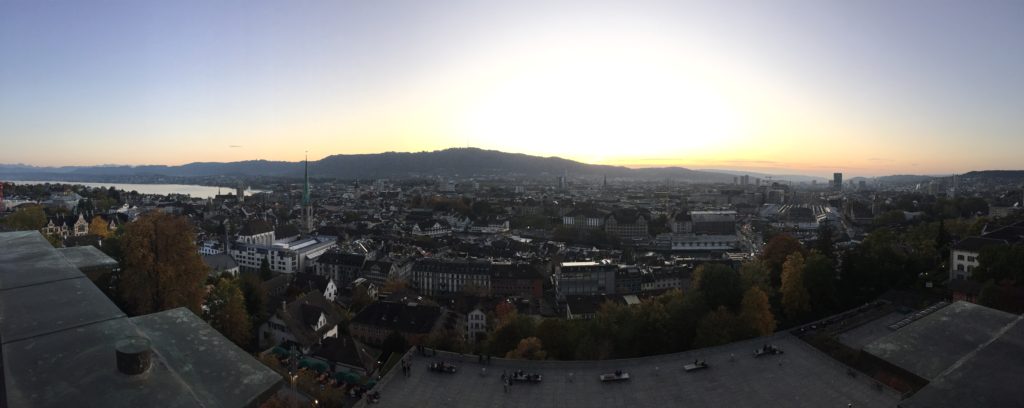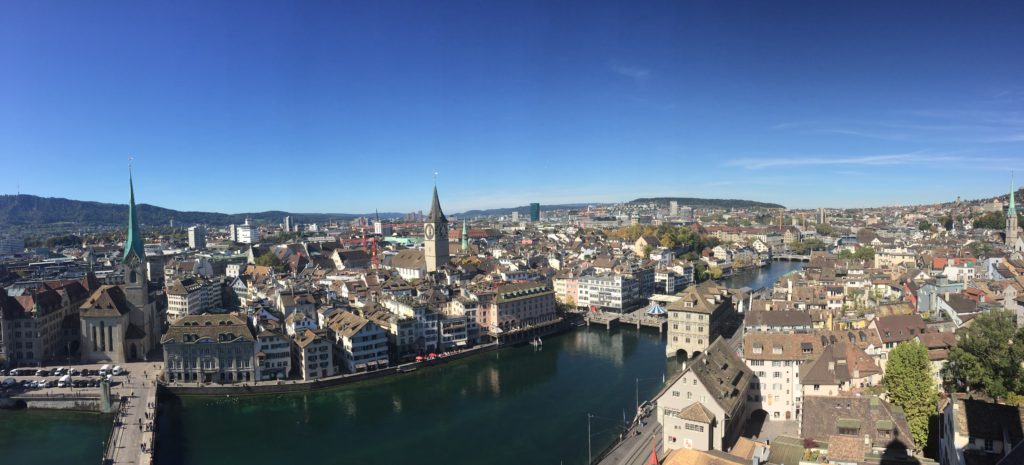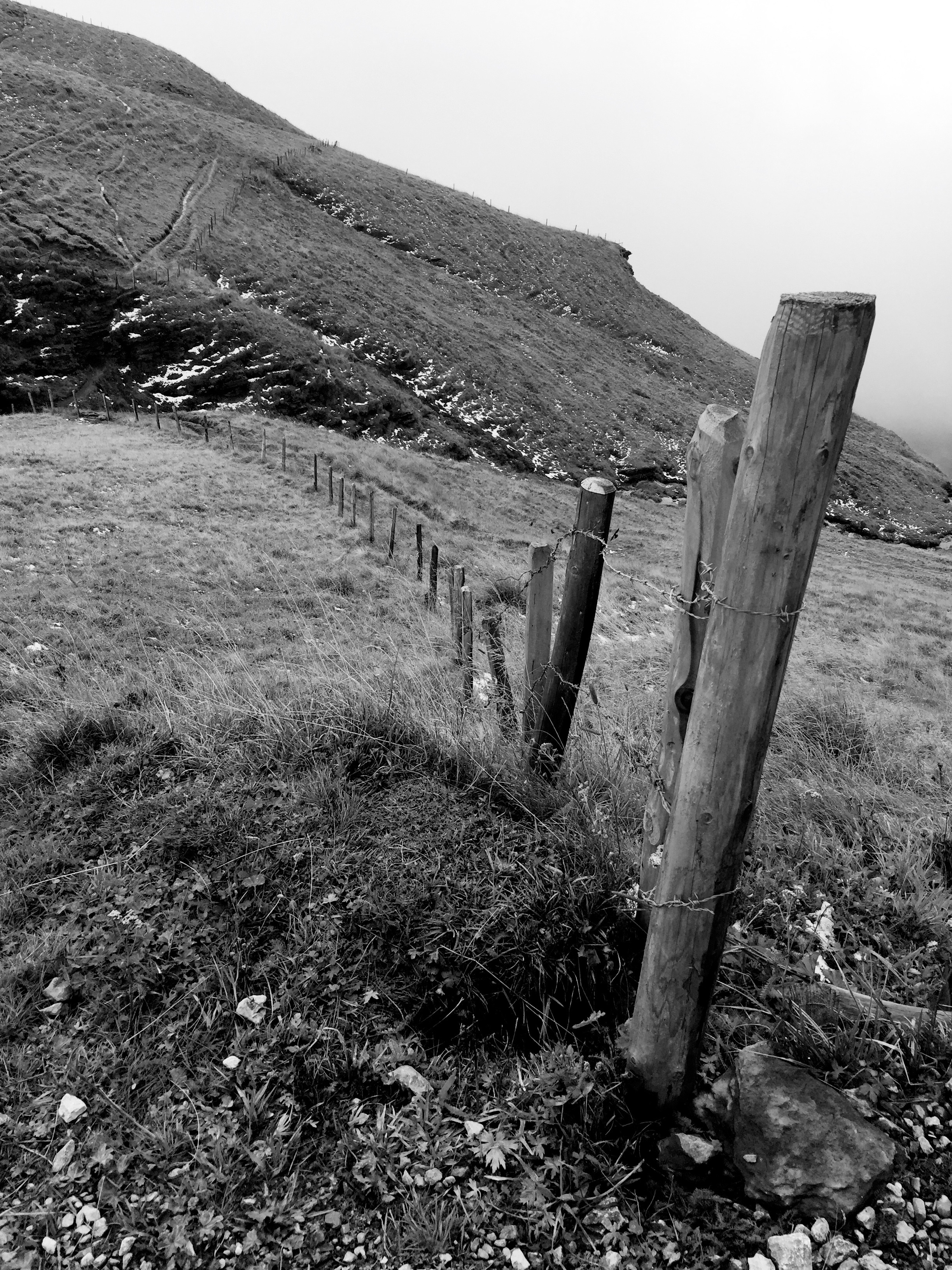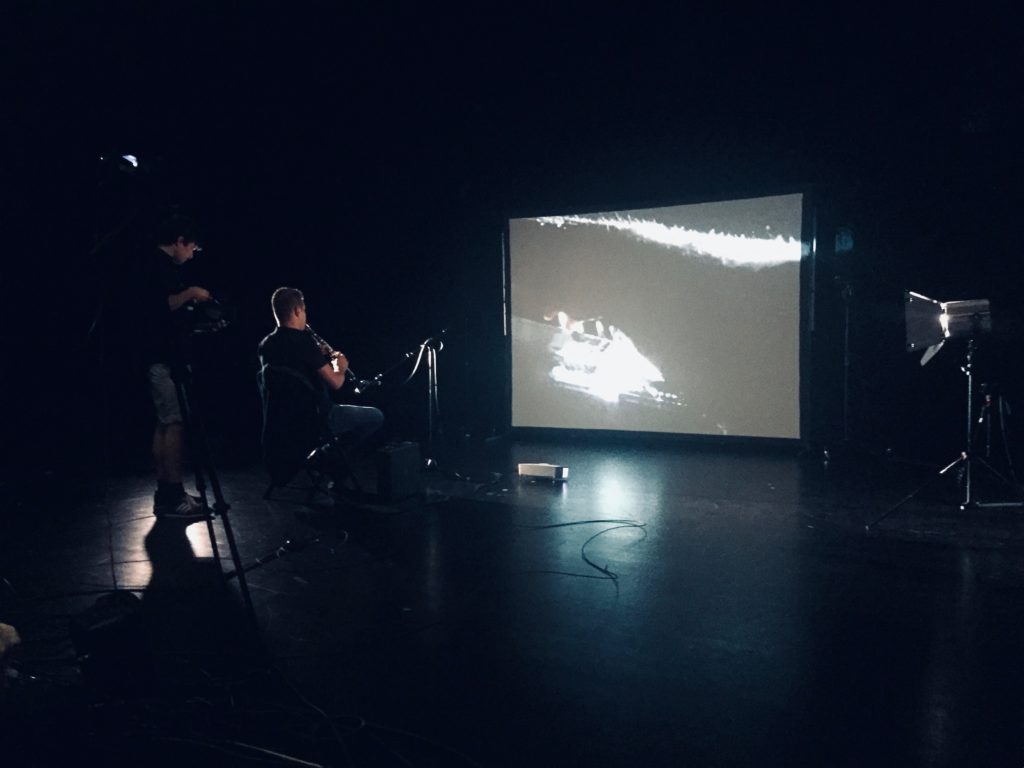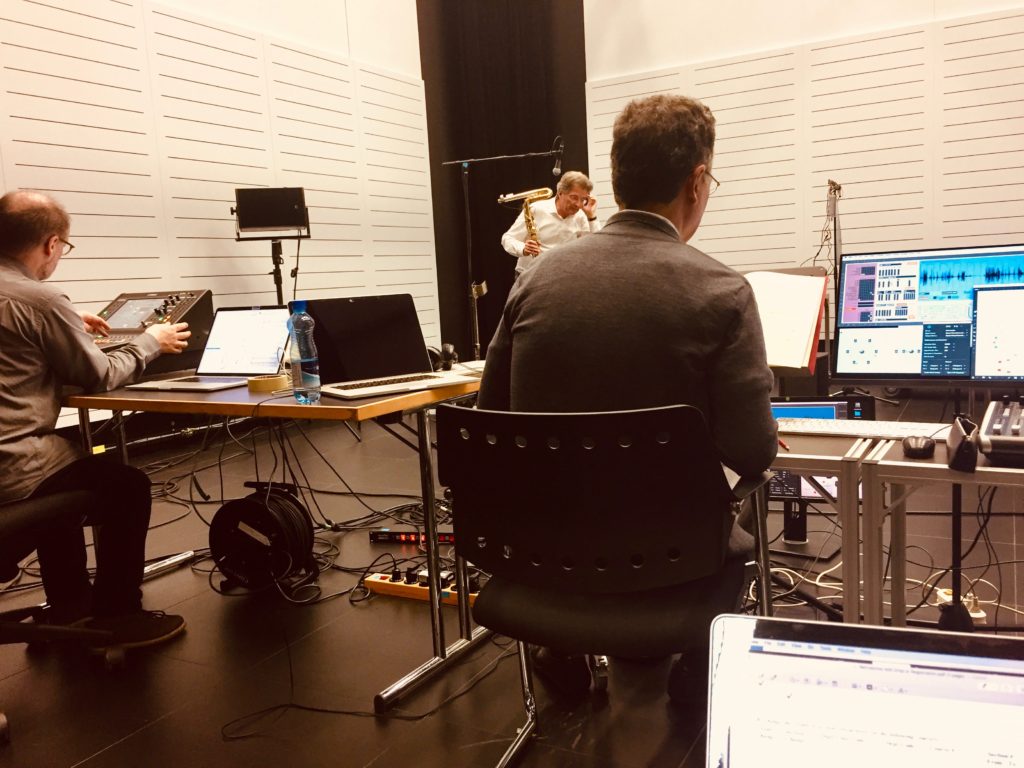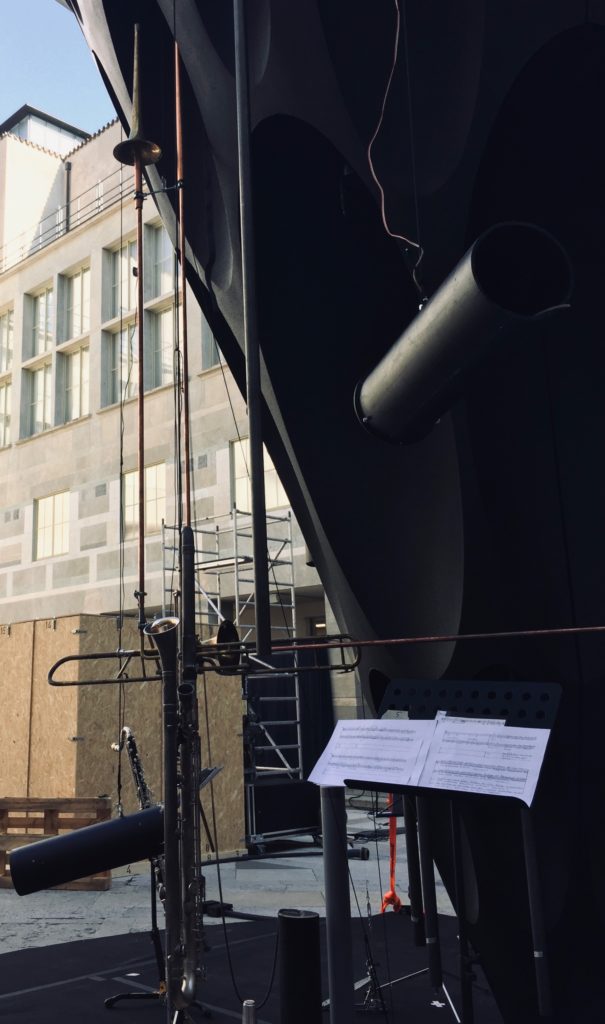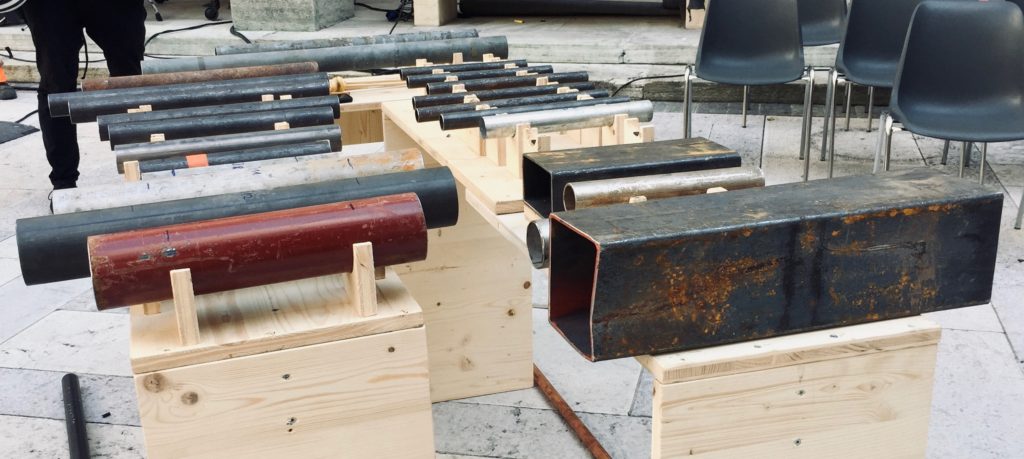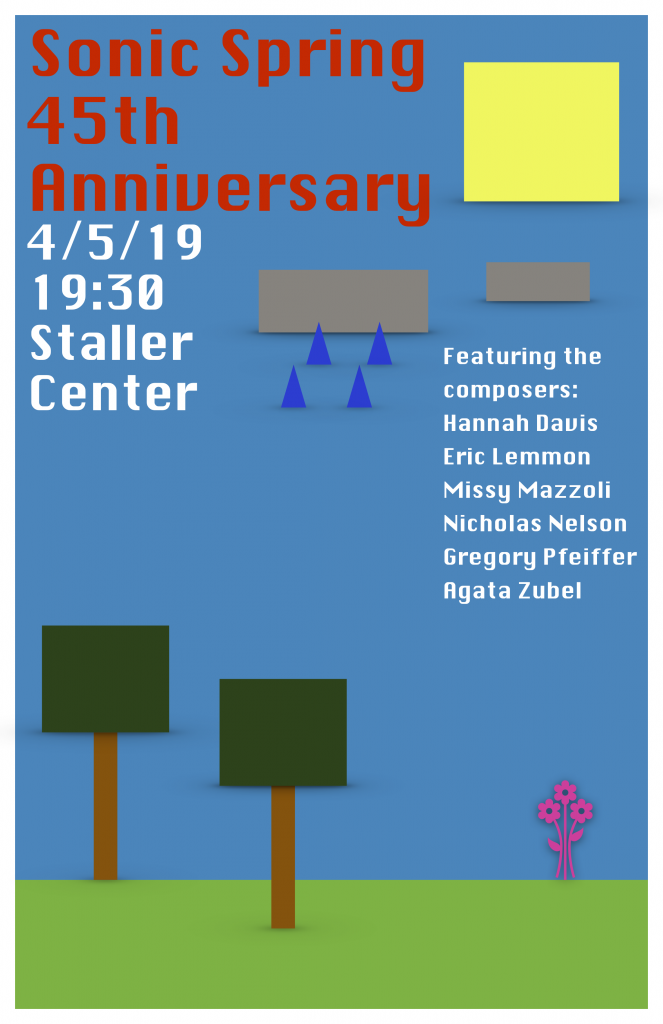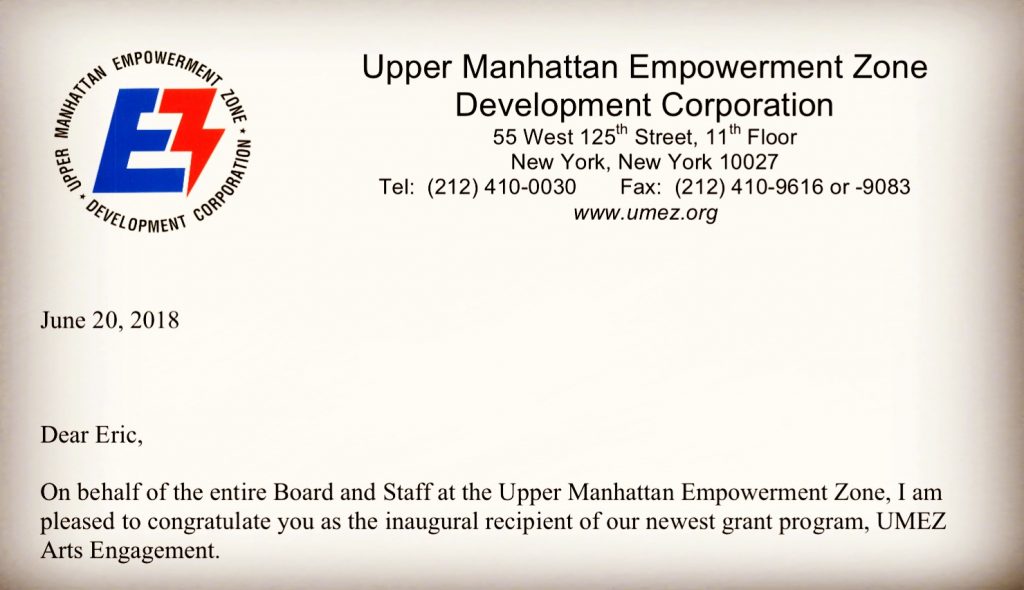There are many advantages to being in Switzerland, but some of the best are the absolutely stunning vistas. When you need a break, or have a bit of wanderlust, it’s not far, and not too expensive to see some radical landscapes—if the weather cooperates. A few weeks ago I went to Interlaken with a few of the other Fulbrighters here in Switzerland after an event at the Embassy. It was fairly rainy and cloudy and the views were obscured quite a bit by the cloud cover. There were some moments, though, where the clouds cleared out a little and we were treated to some beautiful views.

R&R is great and all, but I’m really here to see and make art right? There have been some really cool events at ZHdK that I have had the pleasure to attend. The first I wanted to mention was REFRESH #2, which was an experimental art and design conference/workshop. It was hosted by the Immersive Arts Lab, which is this insane space in the basement of ZHdK with motion-capture systems, an ambisonics system, and various augmented and virtual reality systems. A colleague of mine, Melody Chua, who I was first introduced to by Howie Kenty when I was applying for the Fulbright, presented a couple pieces that she had written. Both had fun visuals accompanying the excellent music. I got a boomerang, but you can check out her website for actual audio.
ZHdK also has installations for different projects being put up all the time through the school. One such project I saw recently was a very cool NIME (New interface for musical expression), which allowed people to control what is essentially a player piano. Instead of controlling the hammers internally, like the standard player piano, there were 88 felt tipped hammers situated above the keys themselves, and the control was executed from two touch-screen computers off to the side. The NIME was made possible by a research team at the ICST, which was led by Phillip Kocher. This particular presentation was titled “Pianospiel”, but the broader research project is called “Klavierautomat”. (Sound on below!)
Back to work, I’ll leave you with a nice pic of Zürich from the Grossmünster and from the rooftop of ETH.
